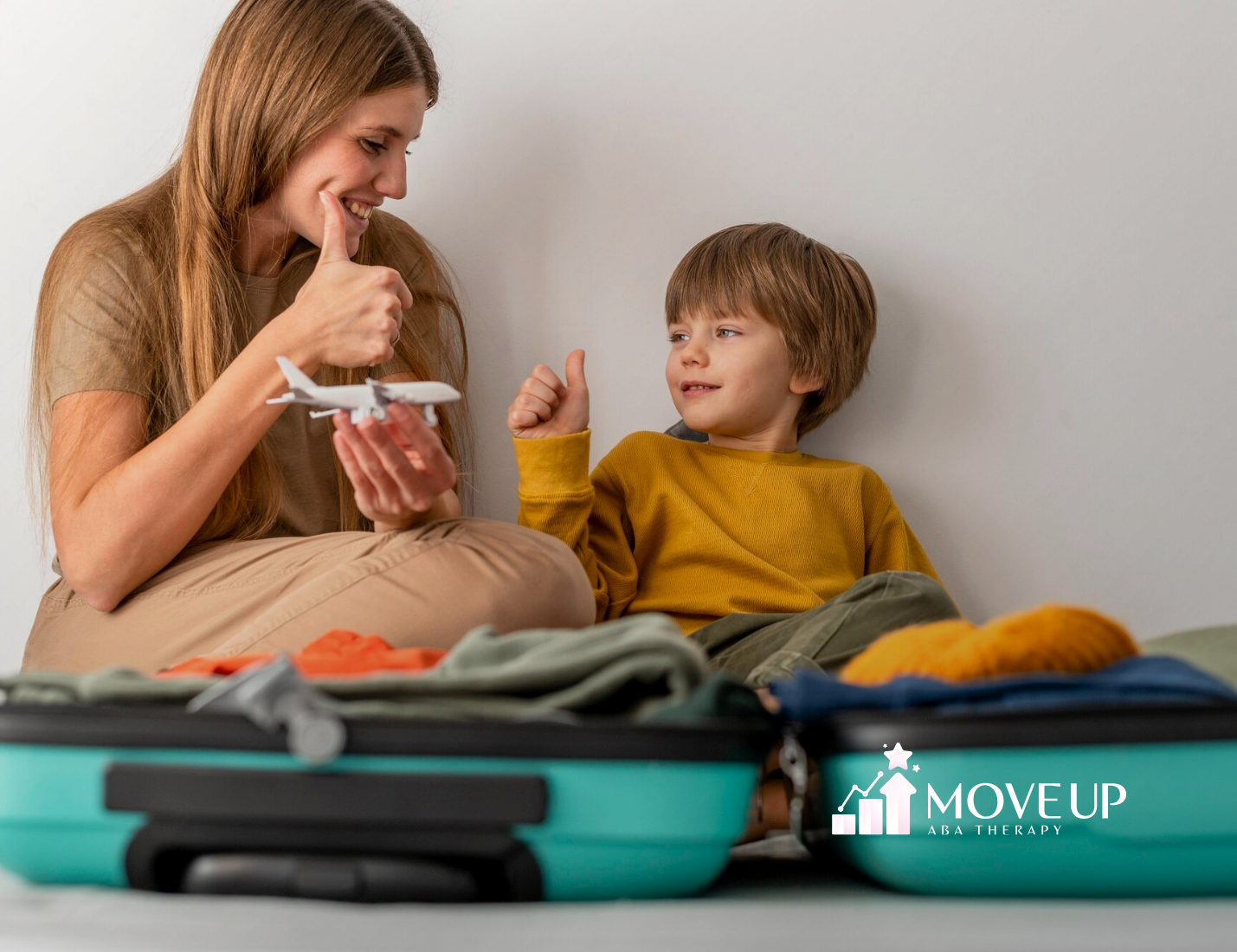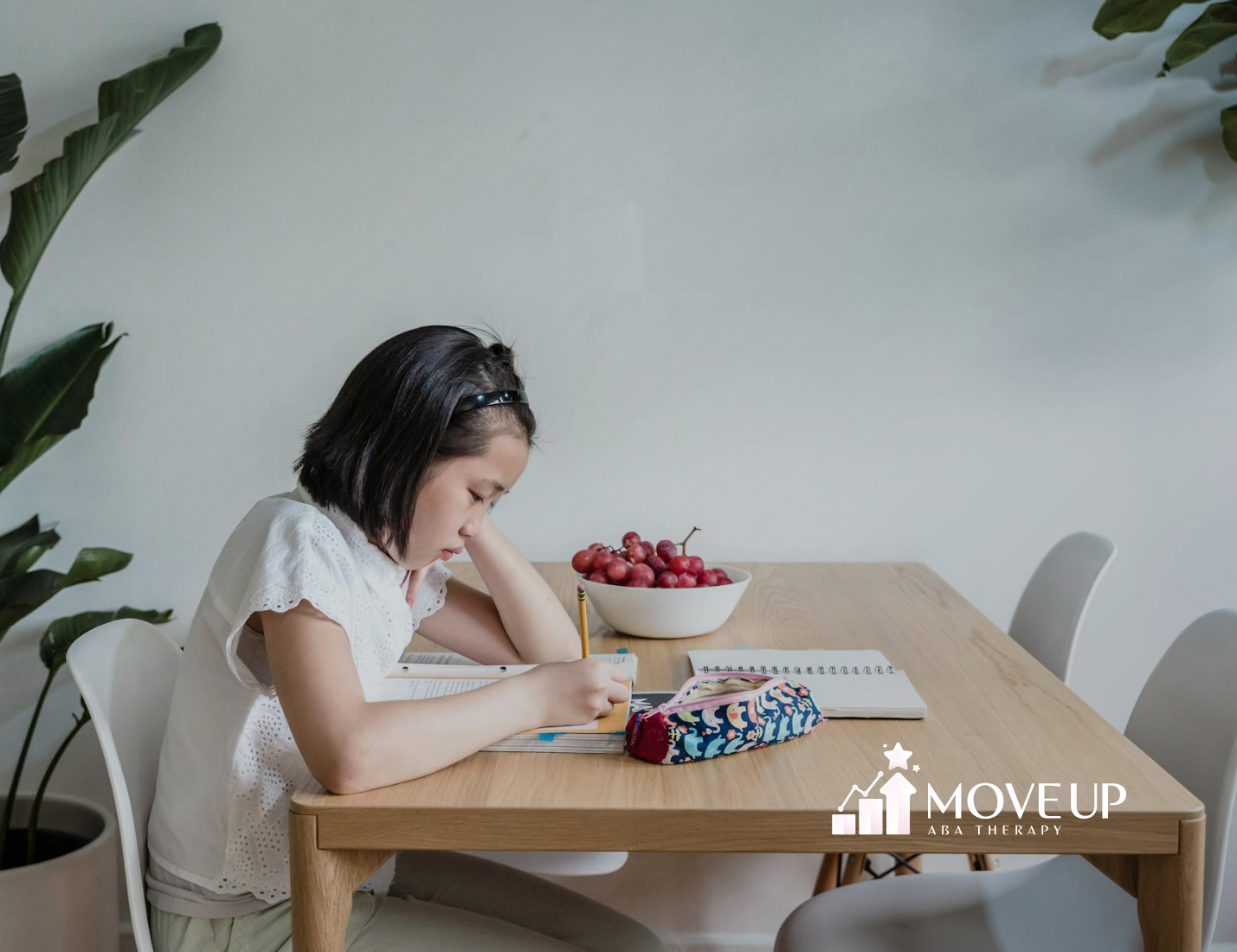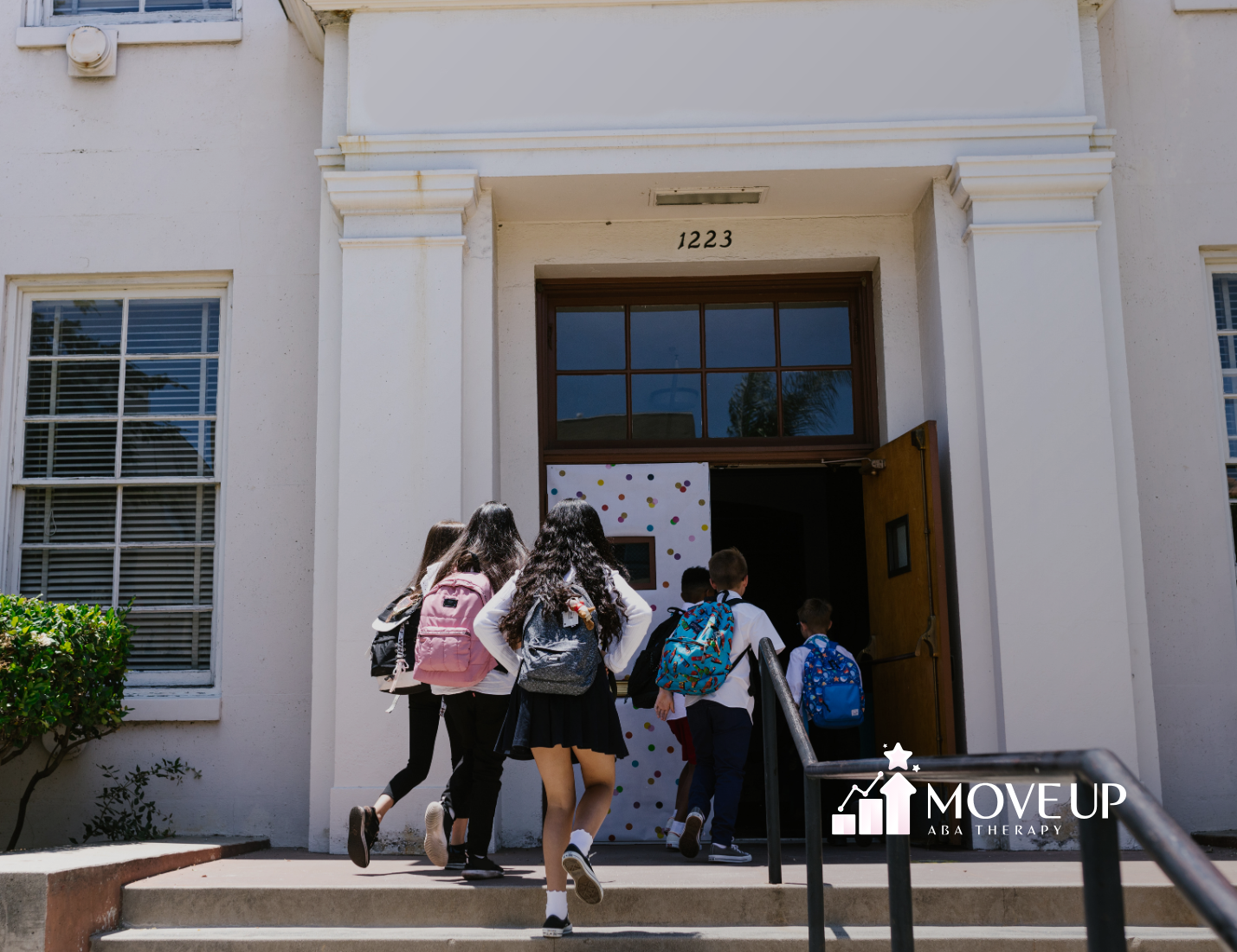Traveling with an Autistic Kid
Traveling with kids always takes planning and patience, but traveling with an autistic child comes with its own unique challenges and considerations. For families of children on the autism spectrum, vacationing or even short trips can feel overwhelming. Changes in routine, unfamiliar environments, crowds, noise, and sensory overload are all factors that can lead to stress or meltdowns.
However, with thoughtful preparation, flexibility, and an understanding of your child’s specific needs, travel can be a rewarding experience for the entire family. It’s a chance to explore new places, create cherished memories, and help your child build confidence through new experiences.
In this guide, we’ll walk you through how to travel with an autistic kid, from choosing your destination to managing the journey, all while supporting your child’s comfort and well-being.
Why Travel Can Be Challenging for Autistic Kids
Understanding the potential difficulties that may arise during travel is the first step to preparing effectively. Autistic children often thrive on routine, predictability, and familiar environments. Traveling introduces a break in that structure, which can lead to anxiety or behavioral responses.
Here are a few common challenges autistic children may face during travel:
-
Sensory Overload: Airports, train stations, or busy attractions can be loud, bright, or crowded—triggering sensory sensitivities.
-
Unexpected Changes: Delays, cancellations, or schedule changes can be difficult to process.
-
Social Interaction: Navigating interactions with strangers or new settings may be stressful.
-
Communication Barriers: Children with limited verbal skills may find it hard to express their needs or discomfort.
Recognizing these potential hurdles allows families to create strategies that reduce stress and support a smoother travel experience.
Tips for Traveling with an Autistic Kid
1. Planning Ahead: The Key to Success
Choose the Right Destination
Pick a location that aligns with your child’s comfort level. Look for:
-
Quiet, family-friendly destinations
-
Places with sensory-friendly attractions
-
Accommodations that offer flexibility (like suites with kitchens or separate sleeping areas)
You might also research whether the area has nearby medical facilities or autism-friendly services, just in case.
Call Ahead
Reach out to airlines, hotels, amusement parks, or restaurants to ask about accommodations for children with autism. Many businesses now offer:
-
Sensory-friendly rooms
-
Quiet waiting areas
-
Staff trained in autism awareness
Let them know about your child’s needs in advance—many are happy to help.
Create a Travel Itinerary
A structured schedule provides predictability. Include:
-
Departure/arrival times
-
Transportation details
-
Breaks and meal times
-
Activities with built-in flexibility
Use visuals, a printed timeline, or a calendar app to help your child see what to expect.
2. Preparing Your Child for the Journey
Use Social Stories and Visual Supports
Social stories are personalized, step-by-step explanations that help children understand what’s going to happen. For example:
“We will drive to the airport. We will wait in line. There will be lots of people. We will board the plane. The plane will make noise. We will wear our seatbelts. Then we will fly to Grandma’s house.”
Pair this with pictures of airplanes, hotels, or even the TSA checkpoint. Rehearse the routine ahead of time to reduce fear or uncertainty.
Practice Travel Scenarios
If possible, do mini “practice runs.” Take a short car ride with a suitcase, visit a local train station, or even do a trial overnight stay at a hotel close to home. Exposure in a low-pressure setting helps build confidence.
Pack a Travel Kit
Include comfort and coping items your child may need:
-
Noise-canceling headphones
-
Fidget toys or stress balls
-
Favorite snacks
-
Weighted blanket or sensory items
-
Tablet or books
-
Communication devices or cards if your child is non-verbal
Also, carry extra clothes, wipes, and any medications your child might need during the trip.
3. Transportation Tips: Plane, Car, and Beyond
Flying with an Autistic Child
Airports can be overwhelming, but with the right prep, it’s manageable:
-
TSA Cares Program: This program offers support for travelers with disabilities. You can call ahead to request help through security.
-
Pre-boarding: Most airlines allow early boarding for families with children with special needs.
-
Seat Selection: Book seats near the front (quieter, less crowded) and close to restrooms if needed.
-
Talk to the Crew: Let flight attendants know about your child’s needs discreetly—they can be understanding allies during your flight.
Consider short flights as practice before longer trips. And don’t forget to prepare for potential delays with plenty of engaging items.
Road Trips with an Autistic Child
Car trips allow more control over your environment, but still need preparation:
-
Plan frequent stops—every 1-2 hours for breaks.
-
Use visual countdowns or apps that show how long it is until the next stop.
-
Have familiar music or audiobooks that your child enjoys.
-
Cover windows with sunshades to reduce visual stimulation.
You can even bring along a favorite pillow or blanket to make the car feel more like home.
Trains and Buses
Public transportation can be noisy and unpredictable. If your child is new to this, try shorter routes first. Sit near the front or in a quieter section, and bring items to help block noise or manage boredom.
4. Accommodations and Sleeping in New Places
Many autistic children struggle to fall asleep in unfamiliar environments. Help ease the transition with:
-
Routine Consistency: Stick to familiar bedtime routines (same story, same snack, etc.).
-
Bring Familiar Bedding: A pillowcase from home or a stuffed animal can offer comfort.
-
Use White Noise Machines or Apps: These help block unfamiliar sounds.
-
Request Quiet Rooms: Hotels may be able to accommodate rooms away from elevators or busy hallways.
If you’re staying at a rental home, let your child explore the new space as soon as you arrive so it feels more familiar.
5. Sensory Considerations and Self-Regulation
Create a Sensory Plan
Anticipate sensory triggers and build in strategies to manage them. For example:
-
Crowds → Use headphones
-
Bright lights → Sunglasses or a hat
-
Long waits → Fidget toys or sensory breaks
Create a calming signal or phrase your child can use when they feels overwhelmed.
Schedule Downtime
Avoid over-scheduling your trip. Include time for rest, quiet activities, or alone time so your child can recharge.
6. Dining Out and Trying New Foods
Eating out can be stressful for autistic kids, especially if they have food sensitivities or aversions. To help:
-
Research menus ahead of time
-
Pack familiar snacks or meals just in case
-
Eat at off-peak times when restaurants are quieter
-
Request a quiet table near a wall or window
If your child only eats specific foods, don’t stress. Vacation isn’t the time to push new foods—stick with what’s comforting and easy.
7. Communicating with Others
Some situations may require you to explain your child’s needs. Consider carrying:
-
Disability ID cards or autism alert cards
-
Printed cards that explain: “My child is autistic. They may not respond right away. Thank you for your patience.”
You might also want to wear autism awareness gear to gently signal to others.
8. Celebrate Success (and Be Flexible!)
Every successful step is worth celebrating—whether it’s sitting through a flight, trying a new activity, or simply managing the day with fewer meltdowns. Be gentle with yourself and your child. If something doesn’t go as planned, adapt and move forward. Remember, the goal of traveling isn’t perfection—it’s connection, adventure, and family bonding.
Conclusion
Traveling with an autistic child takes thoughtful planning, empathy, and adaptability—but it is absolutely possible. By understanding your child’s specific needs and making accommodations ahead of time, you can create a positive travel experience that opens doors to new memories and learning opportunities.
Whether it’s a weekend getaway or a full vacation, you have the tools to make it work—one step, one smile, and one moment at a time.
At Move Up ABA, we support families with children on the autism spectrum in all areas of life—including preparing for real-world experiences like travel. Our team uses individualized strategies rooted in Applied Behavior Analysis (ABA) to help children gain the skills and confidence they need to thrive anywhere.
Frequently Asked Questions
1. How do I prepare my autistic child for their first flight?
Use social stories, visuals, and videos to show what the airport and airplane experience will be like. Practice waiting in lines and wearing seatbelts. Bring familiar comfort items and plan for sensory support.
2. What are good destinations for traveling with an autistic child?
Look for quiet, sensory-friendly destinations such as nature parks, beach towns, or autism-friendly amusement parks. Avoid overcrowded or overly stimulating places unless your child is comfortable in those settings.
3. How do I manage meltdowns while traveling?
Stay calm, move your child to a quiet area, and use familiar calming techniques. Offer sensory tools or comfort items. Preparation and flexibility are key to reducing the chances of a meltdown.
Sources:
- https://www.autismspeaks.org/sensory-issues
- https://www.autismparentingmagazine.com/social-stories-for-autistic-children/
- https://www.tsa.gov/travel/tsa-cares
- https://www.autismspeaks.org/sleep
- https://www.autism.org.uk/advice-and-guidance/topics/sensory-differences/sensory-differences







